14 Wild Animals in Brunei [Wildlife in Brunei]
Want to know more about the wildlife in Brunei?
Discover 14 wild animals in Brunei in this post, as well as interesting facts about them. 🇧🇳
Learn All About Bruneian Animals
Ready to learn all about Bruneian animals?
I’ve always been fascinated by animals, and by how they can be so different from one country to another. In this guide, we’ll focus on the many animals Brunei has on the land, in the sky, and underwater.
I’ve split the guide into 5 categories:
- Native animals from Brunei
- Endangered animals of Brunei
- What is Brunei national animal?
- How many animals native to Brunei?
- Are there crocodiles in Brunei?
Let’s dive in right away with our first category!
Native Animals from Brunei
Brunei is a small Asian country located in the southeastern part of the continent, on the north coast of the island of Borneo. It has only been independent from the United Kingdom since 1984. It is an absolute monarchy, and its capital city is Bandar Seri Begawan, which counts more than 100,000 inhabitants (but more than 279,000 if you include the metropolitan area).
An interesting part of the country that I wanted to tackle is its wildlife. In light of that, I have listed the best of it, and I hope you will love learning what animals live in Brunei.
Here’s the Brunei animals list.
1. Proboscis monkey
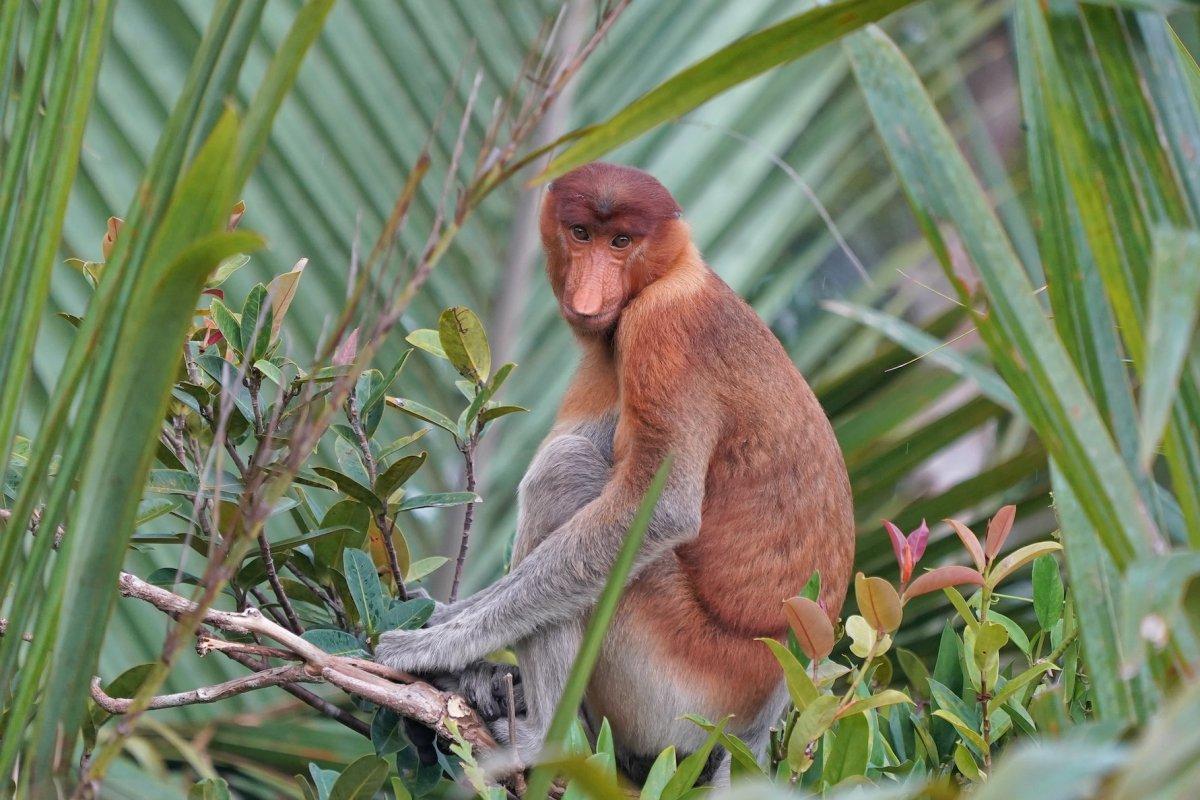
- Name: Proboscis monkey
- Scientific name: Nasalis larvatus
- Conservation status:
The proboscis monkey, also known as the long-nosed monkey, is a species of arboreal monkey. It gets its name from its unusually large nose, and it has reddish-brown skin as well as a long tail. It is endemic to the island of Borneo and inhabits mangrove forests and coastal areas.
This monkey usually lives in groups of one mature male, several adult females, and their offspring, though there are also all-male groups.
2. Sunda pangolin
- Name: Sunda pangolin
- Scientific name: Manis javanica
- Conservation status:
The Sunda pangolin, also known as the Javan or Malayan pangolin, is a species of pangolin. It can be found throughout most of southeastern Asia, including the islands of Borneo, Sumatra, and Java, and Thailand, Cambodia, and Malaysia.
Pangolins were famous throughout the whole world in 2019, during the outbreak of Covid-19. They were thought to be the origin of the virus, which led to mass slaughters. Not only that, but pangolins as a whole were already some of the most critically threatened species on the planet before that, and their survival is largely uncertain.
3. Sunda clouded leopard
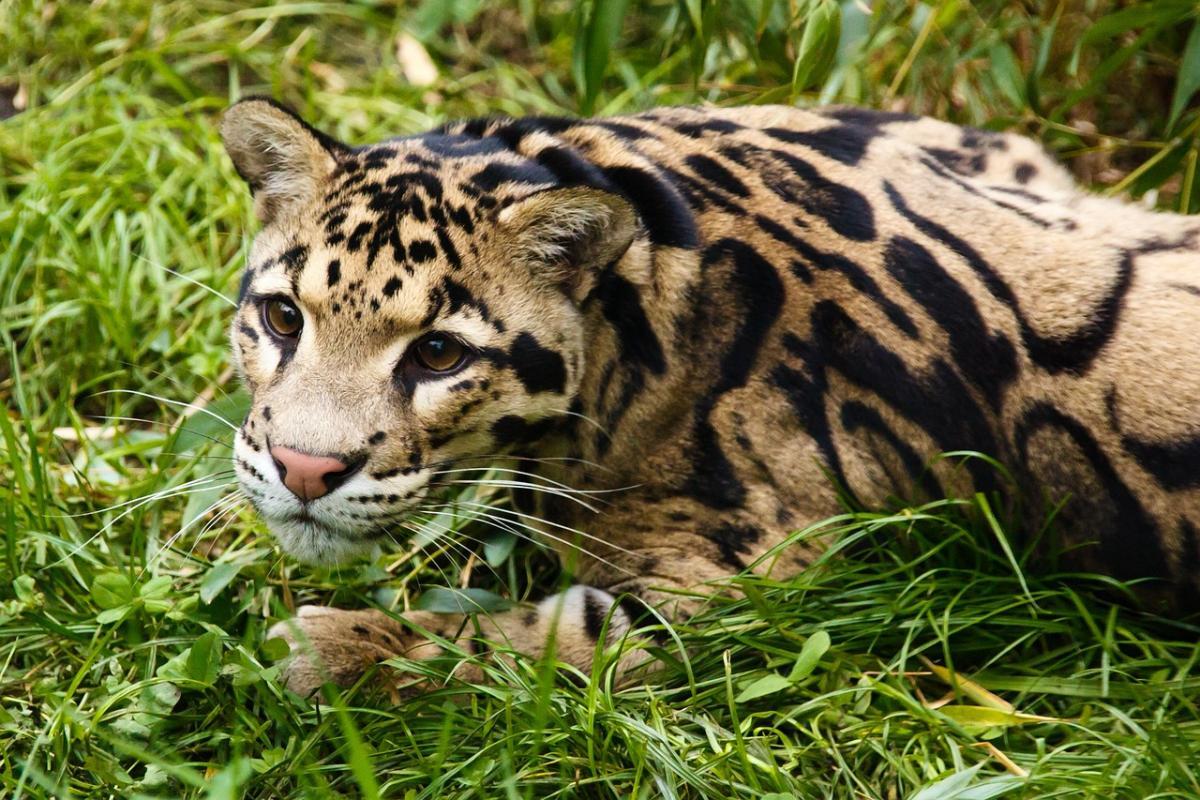
- Name: Sunda clouded leopard
- Scientific name: Neofelis diardi
- Conservation status:
The Sunda clouded leopard is a species of wild cat native to the islands of Borneo and Sumatra. It is medium-sized and has irregular cloud-like patterns on its body, hence its name. Its other names are the Sundaland clouded leopard, Diard’s cat, Diard’s clouded leopard, and Enkuli clouded leopard.
In Brunei, it can be found below 1,500 m / 4,900 ft in the rainforest. Because it is a highly arboreal animal, it is largely threatened by deforestation.
4. Painted terrapin
- Name: Painted terrapin
- Scientific name: Batagur borneoensis
- Conservation status:
The painted terrapin, also known as the saw-jawed turtle or the painted batagur, is one of the 25 most endangered species of turtles in the world. It can be found in the rainforest, in the countries of Brunei, Indonesia, Malaysia, and Thailand.
Its biggest threat is overfishing and habitat loss due to palm oil. Local fishermen either directly eat painted terrapins or poach them to supply pet and food demand.
5. Bornean slow loris
- Name: Bornean slow loris
- Scientific name: Nycticebus borneanus
- Conservation status:
The Bornean slow loris is a species of slow loris native to central south Borneo. It was declared a distinct species in 2013, and its status has not been assessed since then. However, every species of slow loris was listed as at least vulnerable, with increasing threats.
This slow loris has short ears and a round head. It is an arboreal and nocturnal animal that feeds on insects, fruit, nectar, and tree gum.
6. Bornean orangutan
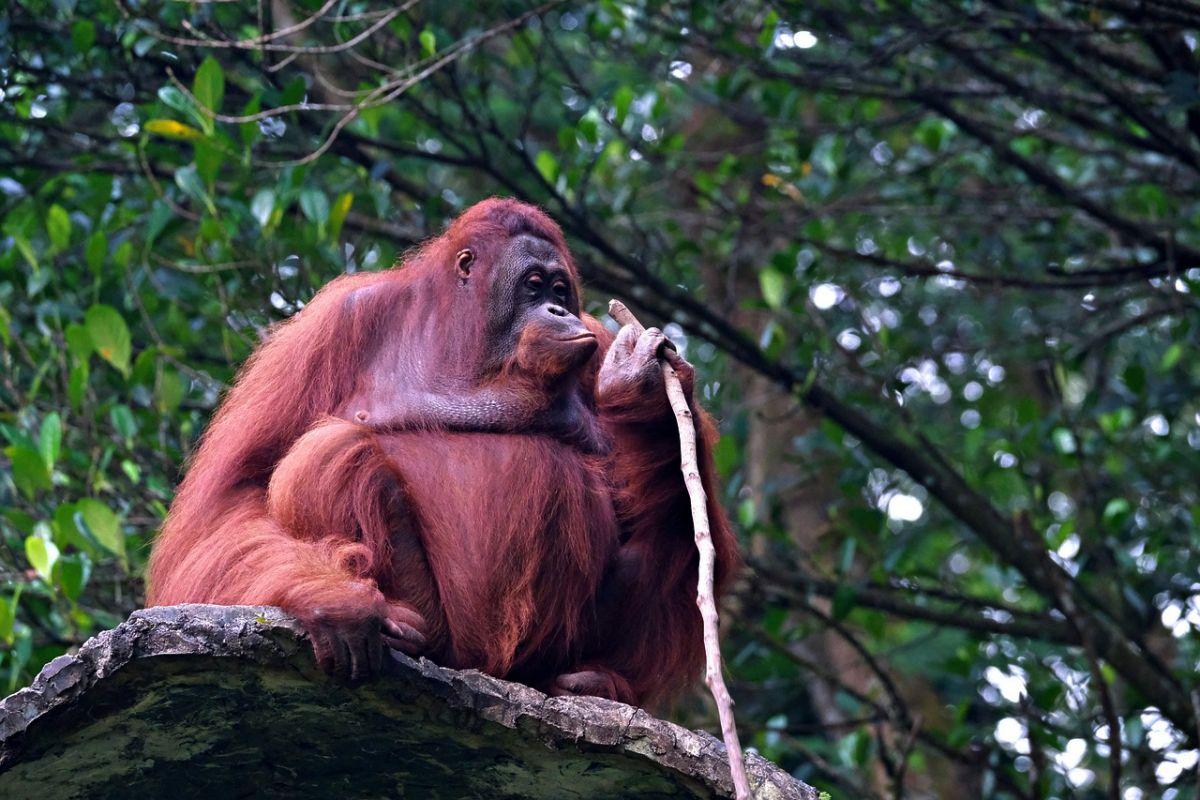
- Name: Bornean orangutan
- Scientific name: Pongo pygmaeus
- Conservation status:
The Bornean orangutan is one of the most iconic animals on the island of Borneo. It is one of the biggest apes on the planet, and also one of the most intelligent. It uses tools and has different cultural patterns in the wild.
Sadly, this orangutan is critically threatened due to deforestation, hunting, and palm oil plantation expansion. Some juveniles are also captured and kept as pets, and their mothers are subsequently killed.
7. Dugong

- Name: Dugong
- Scientific name: Dugong dugon
- Conservation status:
You might have never heard of it, but the dugong is a species of marine mammal. It is part of the order Sirenia, which includes three species of manatees. It can be found in around 40 countries, mostly in the Indo-West Pacific, but also off the eastern coast of Africa, and off the northern coast of Australia.
It vastly depends on seagrass, which is why it can only live in coastal areas. The dugong’s global population has decreased in recent years, mostly due to hunting, habitat degradation, and fishing accidents, even though the animal is protected in most of its range.
8. Seep frog
- Name: Seep frog
- Scientific name: Occidozyga baluensis
- Conservation status:
The seep frog, also known as Balu oriental frog, is a species of frog endemic to Borneo. It lives in the northeastern part of the island but was also possibly seen in Sumatra. Because of this, scientists are not certain that this frog only exists in Borneo.
Its name comes from Mount Kinabalu, its type locality. Mount Kinabalu is the highest mountain on the island of Borneo, standing at 4,095 m / 13,435 ft high.
9. Rhinoceros hornbill
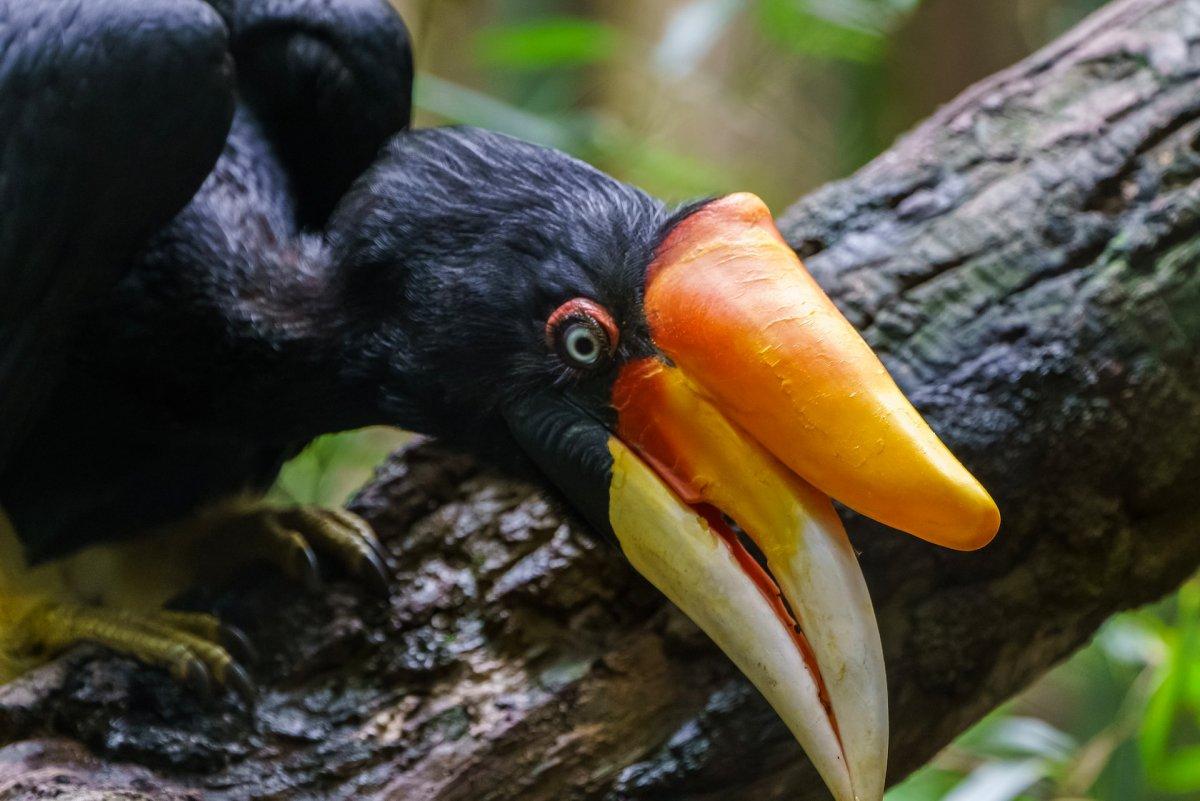
- Name: Rhinoceros hornbill
- Scientific name: Buceros rhinoceros
- Conservation status:
The rhinoceros hornbill is a large species of hornbill. It inhabits tropical, subtropical, and mountain rainforests up to 1,400 m / 4,593 ft high, in Borneo, Singapore, Thailand, Sumatra, and Java.
This hornbill’s name comes from its very peculiar bill, above which it has what looks like a horn, giving it its unique appearance. It is threatened by habitat loss and hunting for meat, skull, and feathers.
10. Crested fireback
- Name: Crested fireback
- Scientific name: Lophura ignita
- Conservation status:
The crested fireback is a medium-sized species of forest pheasant. It also looks like a peacock, with a dark crest, blue plumage, and bare blue facial skin. It inhabits the lowland forests of Borneo, Sumatra, and the Thai-Malay Peninsula.
Its diet is mostly made of fruits, plants, and small animals. When it comes to breeding, the female usually lays down 4 to 8 white eggs. This animal is considered vulnerable due to overhunting and habitat loss.
11. Sun bear
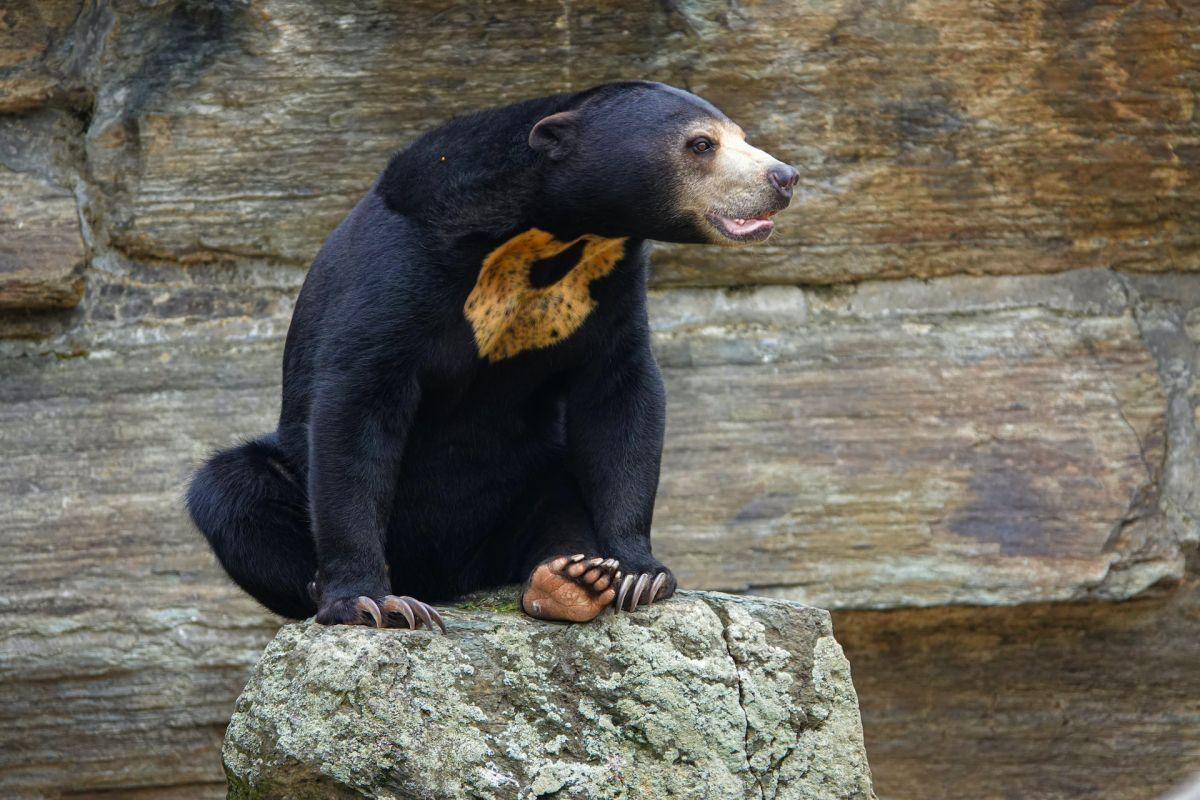
- Name: Sun bear
- Scientific name: Helarctos malayanus
- Conservation status:
The sun bear is a species of bear native to Southeast Asia. It is the smallest bear in the world, only weighing 25 to 65 kg (55 to 143 lb) and standing around 70 cm / 28 in at the shoulder. It still has large paws and strong claws though.
It is the most arboreal of all bears, and usually sleeps or sunbathes in trees 2 to 7 m (7 to 23 ft) high.
12. White-breasted waterhen
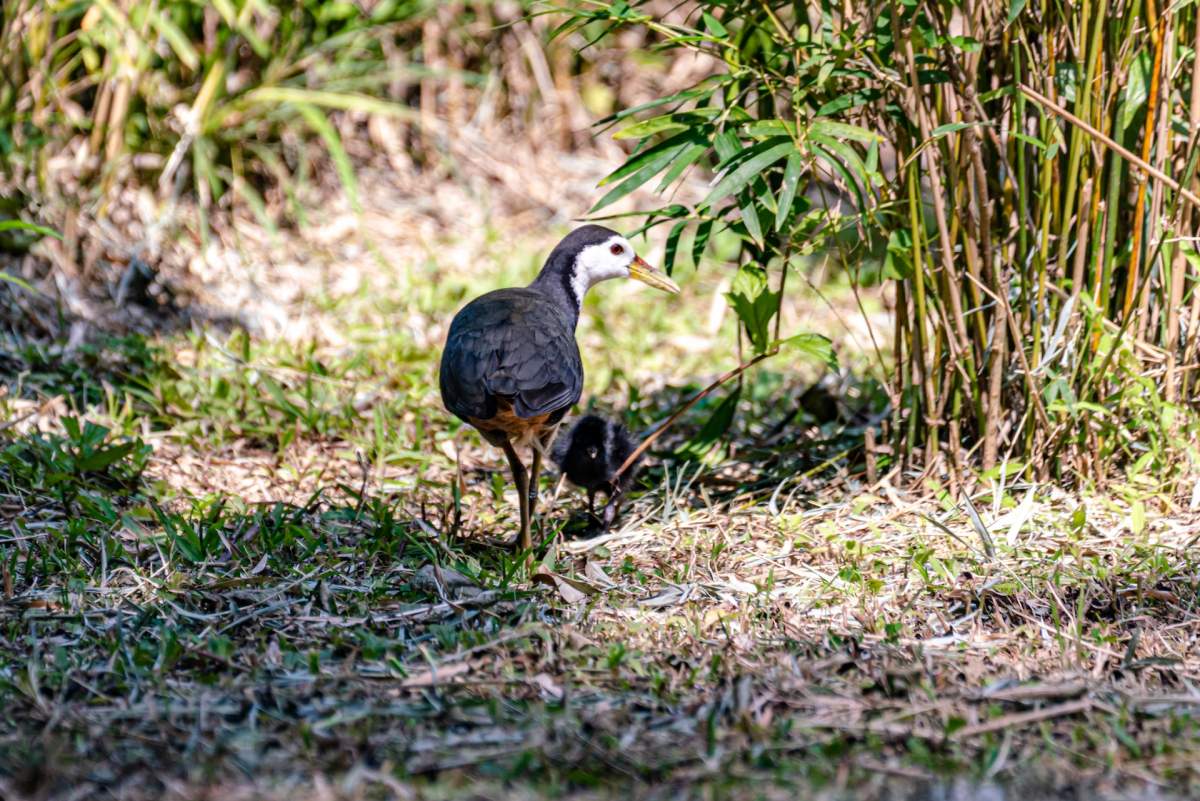
- Name: White-breasted waterhen
- Scientific name: Amaurornis phoenicurus
- Conservation status:
The white-breasted waterhen is a species of waterbird native to South and Southeast Asia. It gets its name from its white breast, belly, and face, while the rest of its body is quite dark.
Compared to other birds, they are bold, and will often be seen stepping slowly with an upright tail, or near busy roads. It is active at dusk and makes loud and repetitive calls during the breeding season.
13. Sunda flying lemur
- Name: Sunda flying lemur
- Scientific name: Galeopterus variegatus
- Conservation status:
The Sunda flying lemur, also known as the Malayan flying lemur, the Malayan colugo, or the Sunda colugo, is a species of colugo native to Southeast Asia. Despite its name, it is not a lemur nor does it fly. Instead, it is an excellent climber with a gliding membrane it can use to jump from one tree to another.
It mostly feeds on leaves, buds, shoots, flowers, and fruits.
14. Sumatran rhinoceros
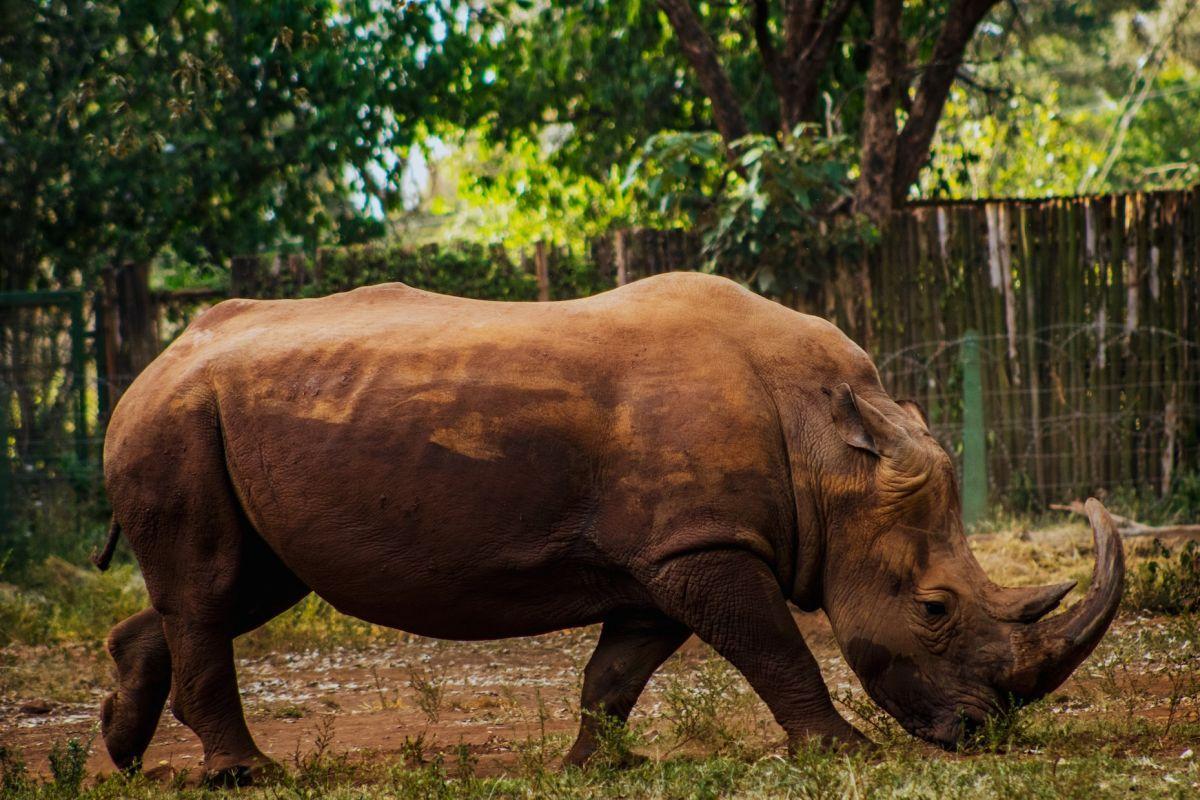
- Name: Sumatran rhinoceros
- Scientific name: Dicerorhinus sumatrensis
- Conservation status:
The Sumatran rhinoceros, also known as the Asian two-horned rhinoceros or the hairy rhinoceros, is one of the rarest species of rhinoceros on the planet. It used to live in the rainforests, cloud forests, and swamps of many countries like Indonesia, India, and China. Now, there are only 5 populations in the wild: 4 in Sumatra and 1 in Borneo.
It was extirpated from Malaysia in 2019 and is on the verge of extinction due to illegal poaching. There are less than 100 individuals in the wild now.
—
So there you have them, these were my 14 wild animals in Brunei. I hope you enjoyed this list and that you learned something new today.
In case you want to learn more about Brunei wildlife, feel free to keep reading, as I still have lots of things to tell you about:
Endangered Animals of Brunei
This is definitely the saddest part of the list, but it is essential to raise awareness. Because of this, let’s go through the list of endangered animals in Brunei.
Here are the animals in danger of extinction in Brunei.
- None
- Helmeted hornbill
- Sunda pangolin
- Largetooth sawfish
- Painted terrapin
- Yellow-breasted bunting
- and 16 more…
- Otter civet
- Irrawaddy dolphin
- Black-faced spoonbill
- Southeast Asian box turtle
- Banteng
- and 46 more…
To see the full list of endangered species in Brunei, head over to the International Union for Conservation of Nature’s Red List.
What is the National Animal of Brunei?
The national animal of Brunei is the sea eagle.
The sea eagle, also known as the ern or the erne, is a genus of birds of prey. The most famous of them is the bald eagle, found in northern America, but the one that inhabits Brunei is the gray-headed fish eagle.
It can be found throughout most of Southeast Asia and is quite hard to spot usually.
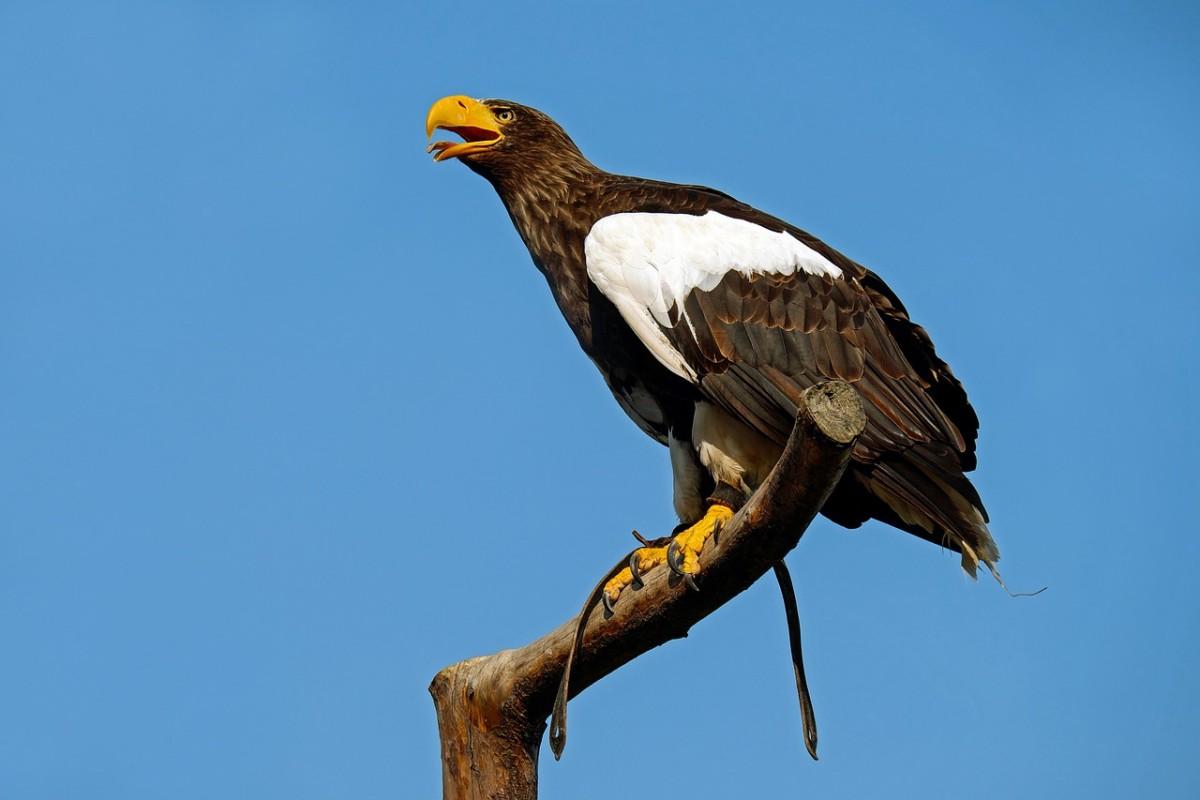
How Many Animals Native to Brunei?
What is the diversity of native animals in Brunei?
Let’s look at the total number of species of Chordata (mammals, birds, fishes, and reptiles).
Total number of animal species in Brunei: 1,807 (15,319 in total in South and Southeast Asia)
Are there crocodiles in Brunei?
Yes, there are indeed crocodiles in Brunei! There are only two species though: the English saltwater crocodile and their false gharial.
The English saltwater crocodile is the biggest crocodile on the planet. It was hunted a lot for its skin up to the 1970s, and it is dangerous to humans.
The false gharial, also known as the Malayan gharial, Tomistoma, or Sunda gharial, is a species of crocodile native to Borneo, Sumatra, Peninsular Malaysia, and Java. There are currently around 2,500 to 10,000 wild individuals.
More About Animals in the World!
Loved these Brunei animal facts? Want to see what animals live in other countries?
Then check out these posts:
Or click here to see ALL the facts up on the blog! Spoiler alert: there’s A LOT of them.
Share the knowledge! Click on the buttons below to share information about these famous animals in Brunei with your friends, and help them learn more about the world 🙂
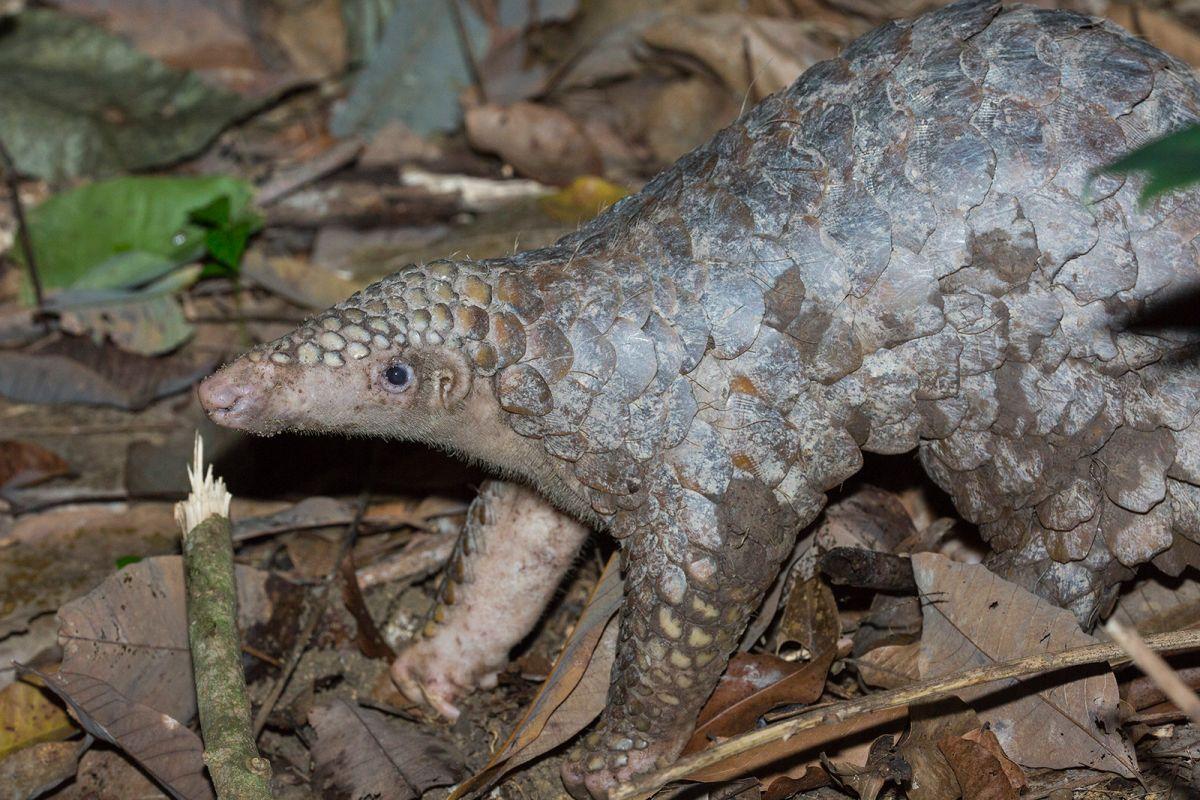
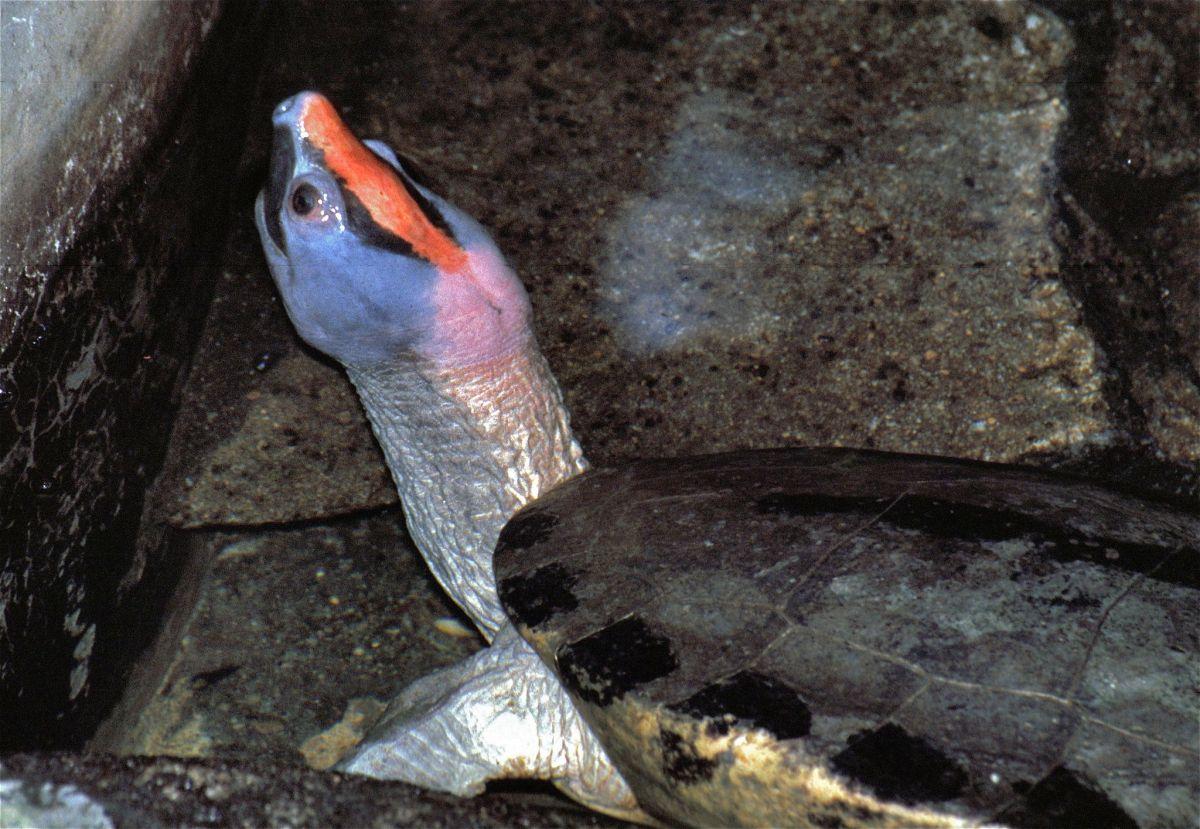
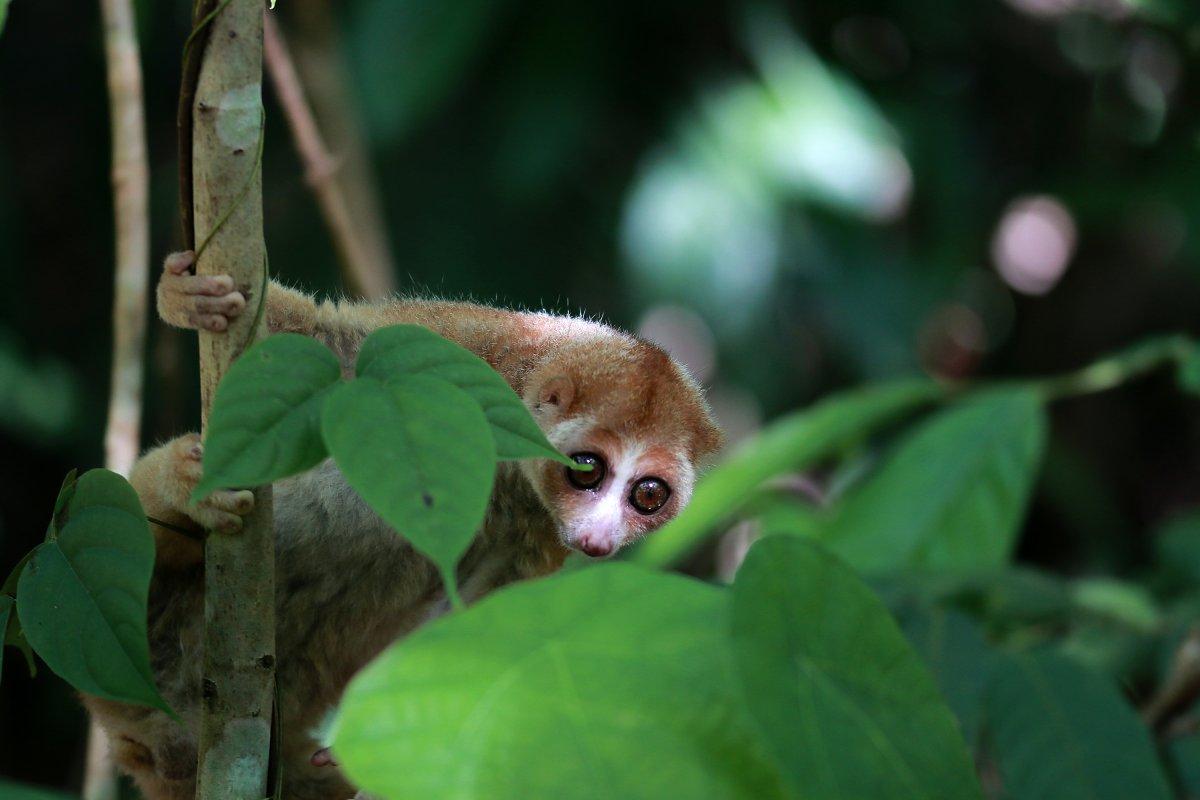
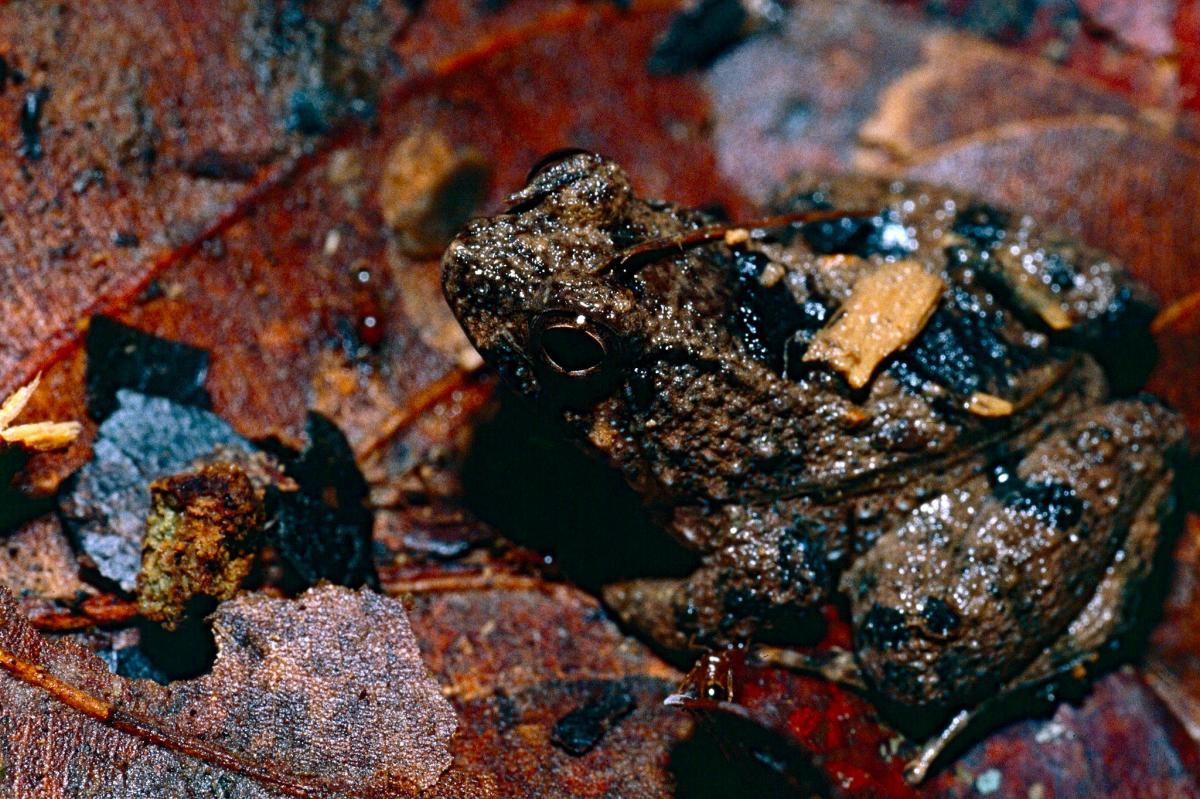
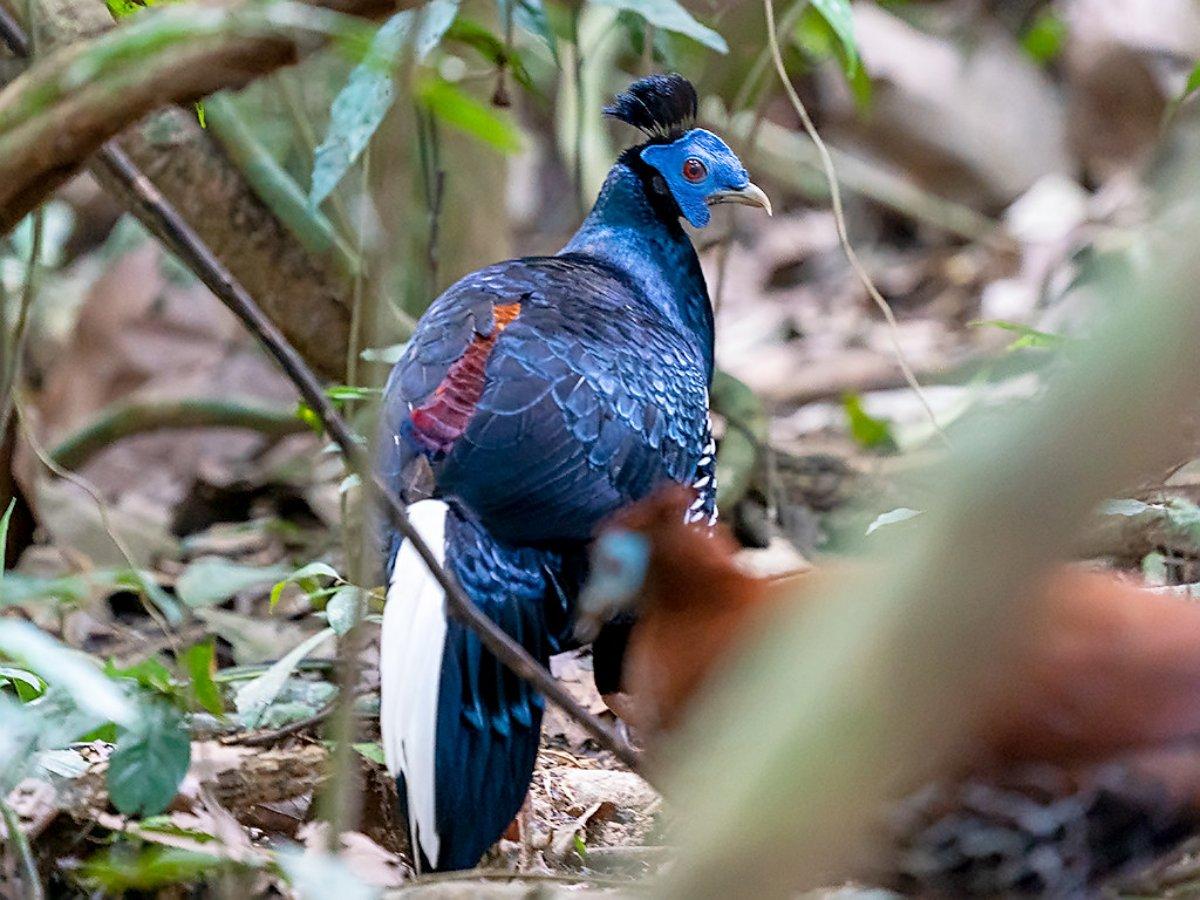
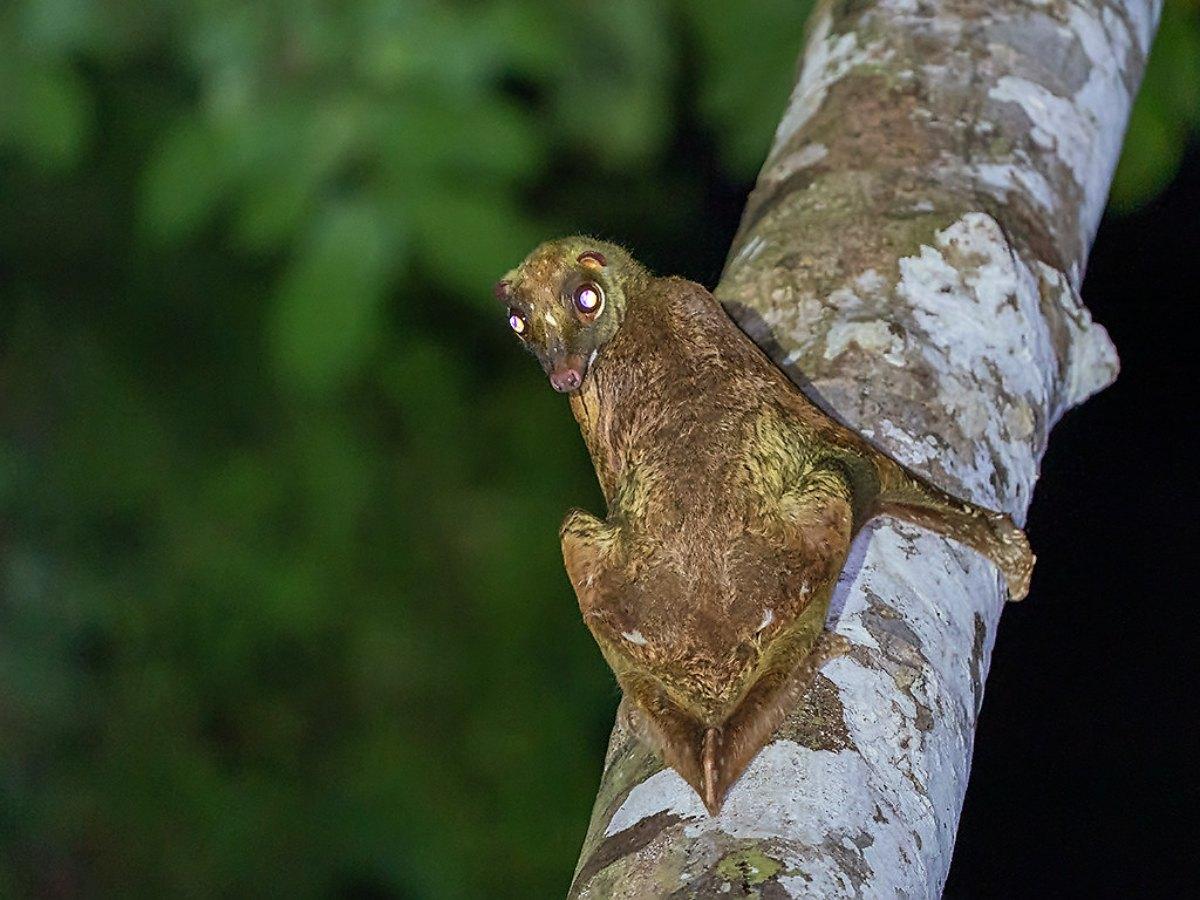

![10 Wild Animals in Chad [Wildlife in Chad]](https://www.kevmrc.com/wp-content/uploads/2022/12/10-wild-animals-in-chad-africa.jpg)
![21 Wild Animals in Western Australia [Wildlife in Western Australia]](https://www.kevmrc.com/wp-content/uploads/2023/01/21-wild-animals-in-western-australia.jpg)
![33 Wild Animals in Ecuador [Wildlife in Ecuador]](https://www.kevmrc.com/wp-content/uploads/2022/06/33-wild-animals-in-ecuador.jpg)